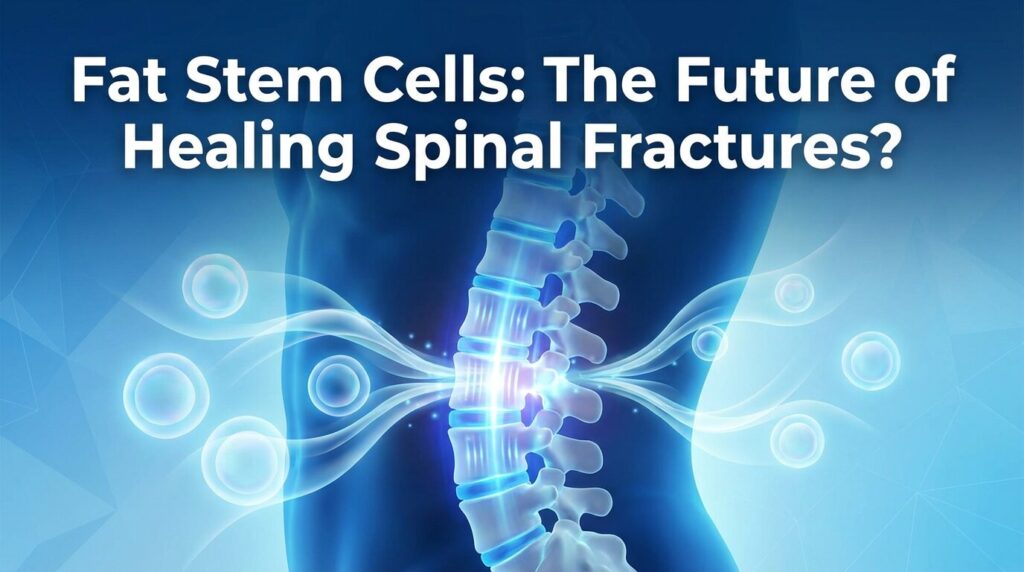Age-related diseases like stroke, cancer, dementia, and other neurodegenerative conditions present significant challenges to patients and families, and pose an escalating health burden in the United States. Stem cell-based therapies may provide a solution, but creating large numbers of stem cells is challenging. To address this, scientists in regenerative medicine are using the International Space Station (ISS) National Laboratory.
Stem cells are difficult to grow in large quantities on Earth, as 2D culture conditions do not fully emulate the human body’s native environment. However, the ISS’s microgravity conditions allow for 3D cell growth, which more closely mirrors how cells grow within the human body. This makes microgravity a prime platform for stem cell production, potentially improving treatments and patient care on Earth.
Researchers from Cedars-Sinai are launching an investigation to the ISS aboard Axiom Space’s second private astronaut mission (Ax-2) to understand microgravity’s effect on stem cell production. The experiment, the first in a series, aims to evaluate the process of reprogramming skin cells into induced pluripotent stem cells (iPSCs).
These iPSCs are capable of producing various tissue cells, including heart, brain, and blood cells, which could be used in regenerative medicine therapies. The project is sponsored by the ISS National Lab and funded through NASA’s In-Space Production Applications program.
Assistant Professor Arun Sharma at Cedars-Sinai Medical Center explained that a major limiting factor in clinical therapies is the difficulty in producing enough high-quality stem cells for treatments. If microgravity can be harnessed to grow more stem cells than is possible on Earth, it could significantly benefit patient care.
The stem cells could be used for disease modeling, testing new therapeutics, and in stem-cell therapies. The investigation will send both stem cells and skin cells to the ISS for five days. The team will study the stem cells’ rate of division and proliferation, while the skin cells will be used to understand microgravity’s effects on the early stages of transfection, the process of reprogramming adult cells into stem cells.
Sharma and his team aim to understand how growing stem cells in space could be used for valuable biomanufacturing applications. Previous experiments have shown that stem cells can divide better in microgravity and their ability to maintain pluripotency (the ability to remain a stem cell) can change. If cells can grow two- or three-fold better in space than on Earth, it opens exciting possibilities for basic science and clinical applications.
Private astronaut missions are offering new access to the ISS National Lab, speeding up research and technology development in low Earth orbit. This contributes more knowledge to the scientific community and enables commerce in space. The Ax-2 mission, scheduled to launch from Kennedy Space Center no earlier than May 21 at 5:37 p.m. EDT, will include more than 15 ISS National Lab-sponsored payloads.


